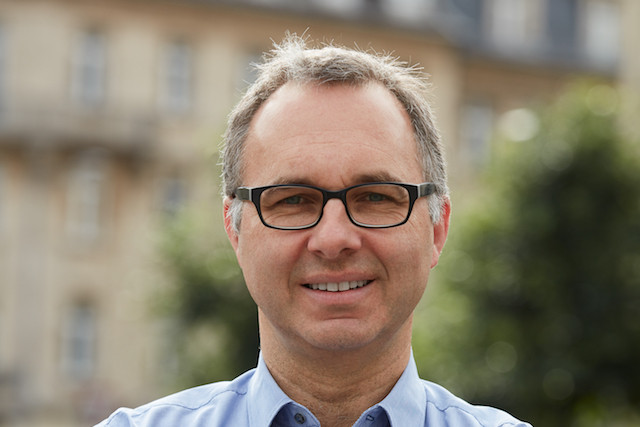Homeowners ought to find out how much support is on offer, which “quite often is an interesting amount,” says Gilbert Théato, director of Myenergy, a state-supported public information agency.
Myenergy is chartered with explaining how the various subsidy schemes work to both private individuals and construction industry professionals. While the outfit provides information about the programmes and processes, as an impartial body, it does not recommend specific firms or prepare aid applications itself.
In October, Myenergy released its “Myrenovation” app, which consolidates national and local subsidy data, and walks users through the entire process. The first step is to run a simulation. It only took Delano a few minutes to run the calculations for several potential projects:

Take, for instance, insulating exterior walls. Users enter the surface area, one of four insulation depths (thicker is more expensive, but saves more energy), if they want to use ecologically sensitive materials (they’re notably pricier, but qualify for much higher subsidies) and, importantly, their municipality. That’s because many (but not all) town halls kick in additional aid and the amounts vary widely.
One example
To insulate 240 square meters of exterior walls (the default value on the app) using “standard II” materials (with standard IV being the cheapest and standard I the most expensive), for either a single family home or apartment building, the environment ministry’s “Prime House” scheme covers up to 50% of eligible costs (that is, materials and installation). That comes out to €7,200 in potential aid.
Adding municipal grants brings the figure up to €7,920 in Larochette, €10,800 in Schifflange and €12,600 in Stadtbredimus. Using ecological materials, the figures rise to €16,800 nationally, €17,800 in Larochette, €25,200 in Schifflange and €29,400 in Stadtbredimus. However, there are no local top-up subsidies in Luxembourg City, Hesperange and Strassen communes.
The app can simulate subsidies for other energy efficiency work, such as attic floor and interior wall insulation, as well as the installation of renewable energy kit including pellet or woodchip heating, geothermal and solar heating, and photovoltaic electricity systems. Generally speaking, the aid amounts are the same for both single family homes and apartment buildings. “Our main goal,” states Théato, is “that users of the app are surprised by the amount of this [aid] and interested in going further.”
Important steps
The next step is to book a consultation with an authorised advisor, who will officially calculate project expenses and expected energy savings. This will cost single family homeowners €1,500-€2,200, with up to €1,000 reimbursable through subsidy schemes in certain cases. Homeowners then need to secure estimates from several craftsmen before applying for an “agreement in principle” from the environment ministry, which the advisor helps submit. Both steps are required, in advance, in order to qualify for the subsidies, stresses Théato.
How long does the process take? Like all renovations, that pretty much depends on the contractors. But Théato states that authorities have “got very quick” in handling applications and payments. Assuming the paperwork is done correctly, it can take about 3-4 weeks to receive the agreement in principle, which lets the renovation work start, and about 3-4 weeks to receive reimbursement after the final paperwork is filed. Low interest loans up to €100,000 are also available via another state scheme.
